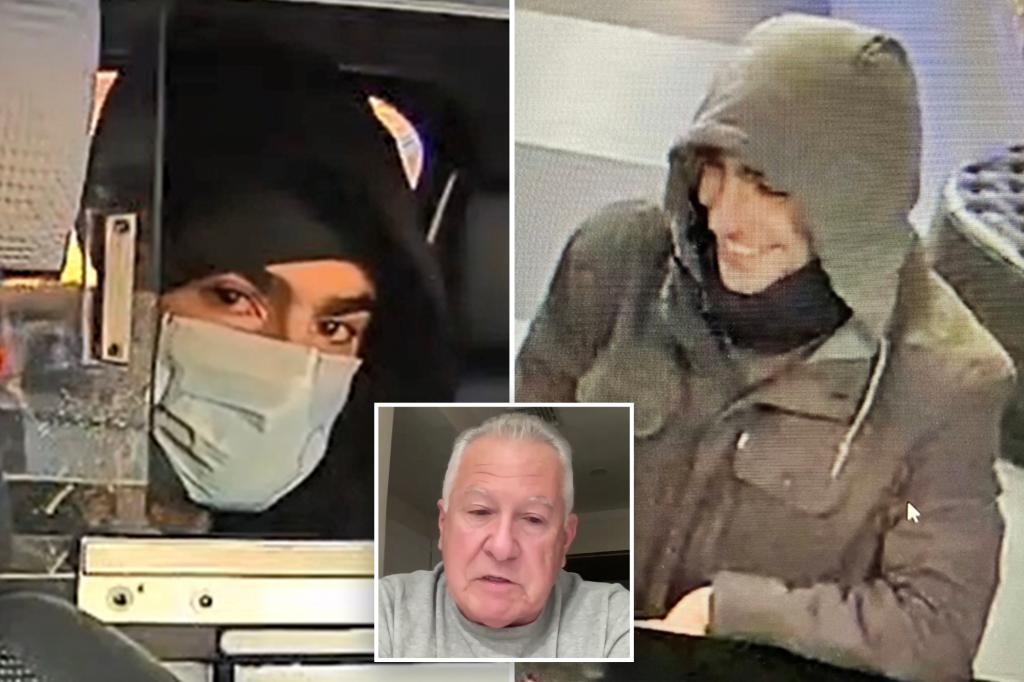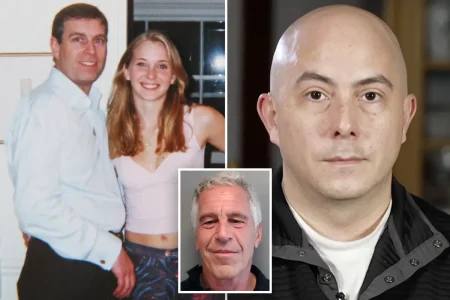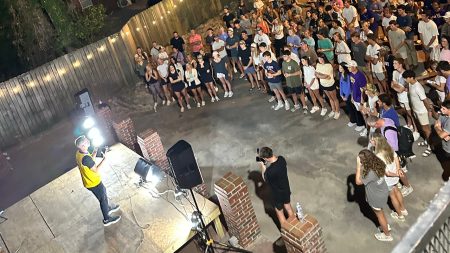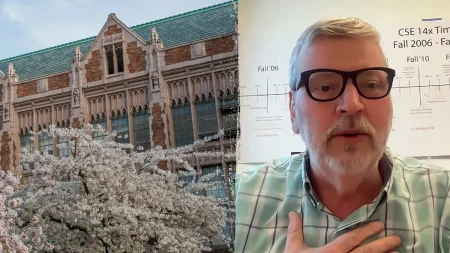The brazen assassination of Brian Thompson, CEO of UnitedHealthcare, outside a Midtown Manhattan Hilton has sparked an intense, multi-state manhunt, captivating the nation and raising questions about the motive behind the meticulously planned attack. Retired NYPD Lieutenant Joe Cardinale, offering expert insight, suggests the killer, while not a professional hitman, exhibited a calculated approach, meticulously planning the escape route and leaving behind cryptic messages on the spent bullet casings. These messages, including words like “depose,” “deny,” and “defend,” point towards a possible connection to legal disputes involving UnitedHealthcare, perhaps hinting at a disgruntled individual involved in a lawsuit against the insurance giant. Cardinale postulates that the killer possessed intimate knowledge of Thompson’s routine, raising the critical question of how this information was obtained.
The seemingly deliberate act of leaving these coded messages, reminiscent of the title of a book on insurance claim disputes, further fuels speculation about the killer’s connection to the legal world and potential grievances against UnitedHealthcare. Cardinale’s analysis suggests a level of arrogance on the part of the perpetrator, a belief in outsmarting law enforcement, mirrored by the suspect’s decision to show his face at a nearby Starbucks shortly before the murder, seemingly aware of the presence of surveillance cameras. This bold move, coupled with the cryptic messages, paints a picture of an individual seeking to make a statement, possibly fueled by a desire for recognition or a warped sense of justice. Thompson’s wife, Paulette, has confirmed that her husband had received threats prior to the shooting, lending further credence to the theory of a targeted attack driven by personal animosity.
The chilling details of the assassination continue to unfold. Thompson, a seasoned executive who ascended to the role of CEO in 2021, was shot multiple times in the back and leg by a silenced firearm. The methodical nature of the attack, combined with the subsequent clues left behind, points towards a premeditated act rather than a random act of violence. The NYPD swiftly released images of the hooded suspect from the Starbucks surveillance footage, launching a nationwide search for the individual. The subsequent release of enhanced images by the FBI, along with a $50,000 reward, underscores the urgency and seriousness of the investigation.
The investigation also faces the challenge of interpreting the suspect’s motives based on the limited information available. The words etched on the bullet casings, “deny,” “depose,” and “defend,” resonate with the title of Jay Feinman’s 2010 book, “Delay. Deny. Defend: Why Insurance Companies Don’t Pay Claims and What You Can Do About It.” This intriguing link raises the possibility of the shooter being influenced by the book or harboring personal grievances related to insurance claim denials, potentially connecting the assassination to broader frustrations with the healthcare system. While contact attempts with the author and publisher have been unsuccessful, the symbolic nature of these words remains a crucial piece of the investigative puzzle.
The NYPD’s strategy, characterized by measured information release and a focus on preserving the integrity of the investigation, highlights the complexity of the case. Cardinale explains that withholding the name of the person of interest is a tactical decision, aimed at avoiding jeopardizing the case and ensuring a successful conviction. This approach also acknowledges the suspect’s likely awareness of the ongoing investigation, fueled by media coverage, and the potential for this awareness to influence their actions. The authorities believe the person of interest is actively monitoring the situation, perhaps even reveling in the attention, and are proceeding cautiously to avoid tipping their hand.
As the manhunt intensifies, the focus remains on identifying and apprehending the suspect. The widespread dissemination of the suspect’s image across various media platforms, combined with the substantial reward offered by the FBI, underscores the collaborative efforts between law enforcement agencies and the public in bringing the perpetrator to justice. Cardinale expresses confidence in the NYPD and FBI’s handling of the investigation, emphasizing their thoroughness in pursuing every lead and the likelihood of a timely resolution. The combination of public vigilance and meticulous investigative work is expected to lead to the capture of the suspect, ultimately shedding light on the full story behind this tragic and perplexing assassination.









